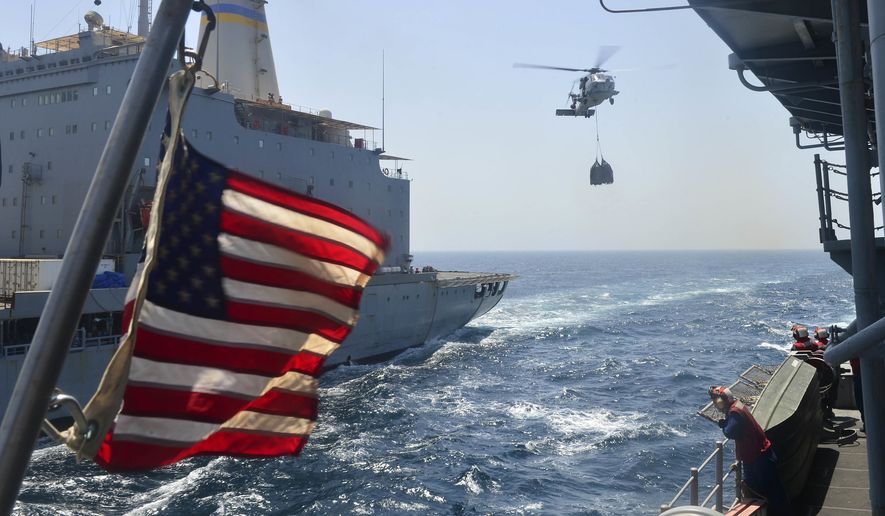The Navy warned Congress today that it is quickly reaching the end of the line on divestments before cutting into capabilities needed for deterrence and war fighting.
Lawmakers from the Senate Appropriations Defense subcommittee questioned both the Navy and the Air Force on their divestment decisions at a hearing as Congress continues to parse the proposed budget for 2022.
“The challenge that we’re facing now is that the good ideas, the things that we don’t think we need to bring to the future fight, we’re starting to run out of that,” said Deputy Chief of Naval Operations for Integration of Capabilities and Resources Vice Adm. Randy Crites.
The Navy continues to strain under tight budgetary constraints over the past decade and has continued to make cuts elsewhere while laboring to rebuild the fleet, said Vice Adm. Crites.
“What we’ve seen over the last really 10 or 11 years is essentially a flat budget,” he said. “We have not kept pace with inflation. And what you’ll see is back in 2010 we had about 288 battle force ships. We declined as we went through sequestration down to about 271. And we’ve built our way out of that up to about 297 today. That occurred as a result of a number of reform efforts and divestitures that we did inside the service.”
The Navy’s proposed budget was hit with bipartisan criticism since details were released in May. Faced with a top-line that trails inflation, some lawmakers say the Navy’s proposed “divest to invest” strategy leaves the service vulnerable to quickly emerging threats from well-armed adversaries such as China and Russia.
The Navy committed to decommissioning 15 ships over the next year as part of its proposed budget and reduced its procurement by close to 9% to redirect funds toward research and development for warfare capabilities.
The Navy has been inching toward a 355-ship goal under the 2018 National Defense Authorization Act, which Congress passed in part to address China‘s growing navy, but have a net decline under the proposed budget.
Chief of Naval Operations Adm. Michael Gilday said last month at a House Armed Services Committee hearing that the 355-ship goal was predicated on an assumption of 4.1% top-line growth over 10 years. The Navy later released an adjusted force posture with a goal of 321 to 372 ships.
But with the Navy’s share of the budget increased by just 0.6% over the enacted budget for 2021, the Navy continues to face tough decisions while maintaining its top priorities.
“We’re challenged as we see labor costs far exceeding inflation, the cost and the complexity of the work that we’re trying to do, the materials that we’re trying to buy are all outpacing inflation, yet we need to balance within the program we have,” Vice Adm. Crites said.
• Joseph Clark can be reached at jclark@washingtontimes.com.




Please read our comment policy before commenting.